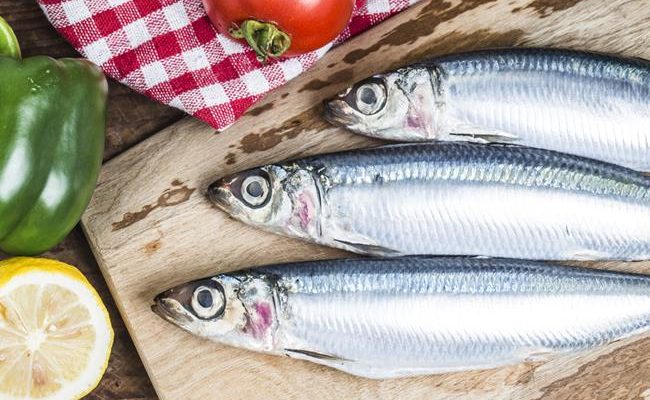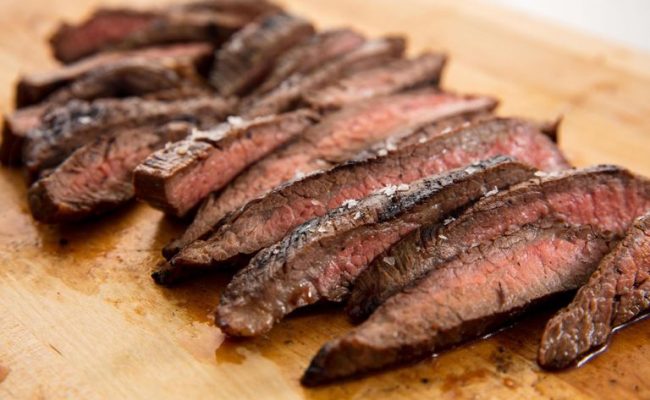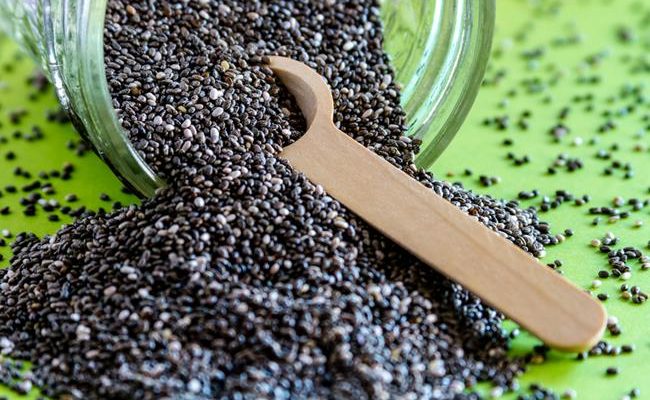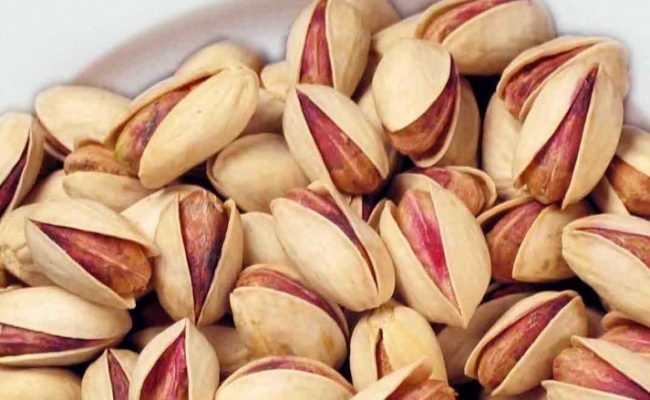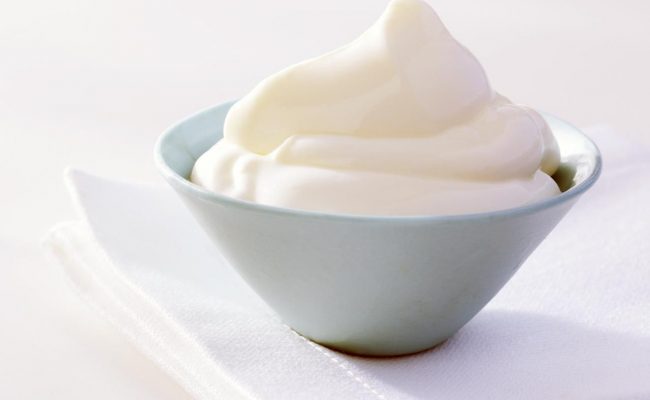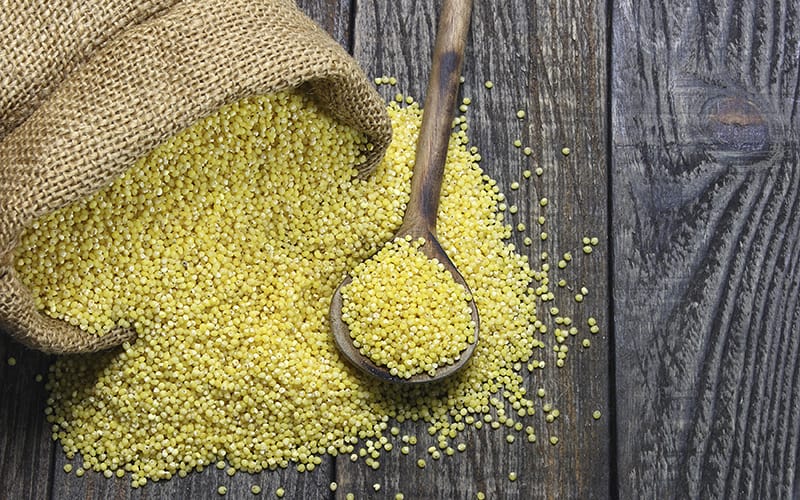
Millet is a grain that dates back to the ancient Eastern Asian region. Even though it has been around for centuries, millet has received little attention as a food staple compared to other grains like rice and wheat. Millet is starting to gain more popularity because it is a source of many nutrients, low in calories and is a gluten free grain.
Millet is also considered a whole grain, and eating whole grains, especially in place of refined grains, is associated with health benefits. Eating whole grains is associated with lowering risk for certain cancers, cardiovascular disease and obesity (1).
Therefore, eating whole grains like millet could be beneficial for weight loss. Eating millet or other whole grains in place of refined grains like white flour, white rice or packaged snacks is recommended for weight loss and overall health.
Eating millet in moderation is recommended by some because millet contains goitrogens.
Goitrogens eaten in large amounts could impact thyroid function in the body, although more research is needed further for understanding this effect.
Millet should be part of a balanced diet that includes a variety of nutrient dense foods.
Antioxidants
All natural plant foods like legumes, herbs, spices, tea, fruits, vegetables and grains are a rich source of antioxidants. Antioxidants from food help protect body cells from damage caused by free radicals.
This damage from free radicals could increase risk for many chronic diseases. Therefore, it is recommended to eat a variety of plant foods to get the most protection from antioxidants.
A 2009 study (2) looked at the antioxidant capacity of several grains including millet.
Researchers found millet had one of the highest total phenolic content (a measure of antioxidant value) of grains they tested. Therefore, having millet as part of your diet could add a good source of antioxidants.
Nutrients in millet
A cup of cooked millet provides about 200 calories from a few grams of unsaturated fat, 6 grams of protein and 40 grams of carbohydrate.
Like other grains, most of the energy is coming from carbohydrates, but a cup of millet also provides 2 grams of fiber. It can be considered a decent plant protein source with 6 grams per serving.
According to the Whole Grains Council (3), millet is high in magnesium. Most people don’t get the daily recommended intake of magnesium, so adding this whole grain to your diet is way to boost your intake of magnesium.
Magnesium is needed for over 300 reactions in the body and plays an important role in bone health (4).
Other nutrients in millet include: calcium, iron, B vitamins, manganese, zinc and vitamin E.
Sprouted millet (5) can have even higher levels of nutrients. Sprouted grains usually have a higher nutrient content and are considered easier for humans to digest.
Millet and heart health
Millet can be beneficial for heart health because it provides antioxidants and dietary fiber. Millet may also have additional heart health benefits according to a 2010 study with rats.
When rats that had high cholesterol were given a diet that included millet for 4 weeks, their triglyceride levels and C-reactive protein (a general indicator of inflammation in the body) were significantly lower.
Rats fed other grains for the 4 weeks did not have this effect. More human studies are needed with millet and heart health, but researchers concluded that millet may be useful in lowering risk for cardiovascular disease.
Gluten free grain
As the amount of people looking for gluten free diets grows, the need for whole grains that are gluten free are becoming more in demand.
Millet is naturally gluten free, so it can be a good choice for people looking for whole grain options.
Sometimes gluten free grain products are actually higher in carbohydrates and lower in fiber which may not be helpful for weight loss.
Using whole grain millet as an option for a whole grain choice can add some healthy variety.
Grains and weight loss
Can eating millet help you lose weight?
A 2003 study (6) with over 70,000 women concluded women who consumed more whole grains weighed less than women who ate less whole grains.
Weight gain was inversely associated with high fiber whole grain intake, but weight gain was positively associated with refined grain intake.
A 2004 study (7) with over 27,000 men found similar results: increased whole grain intake was inversely related to weight gain.
Researchers suggest there is something (or multiple things) in whole grains that contribute to favorable metabolic conditions that are helpful for weight loss.
Switching out refined grains with whole grain options, like millet, can be helpful for weight loss.
Swap out crackers, cookies, sugary cereal, white bread for whole grain options. These studies show an association, not a cause.
Therefore, just adding a lot of millet to your diet probably won’t be the sole cause for drastic weight loss.
Eating whole grains in moderation as part of a healthy, balanced diet is recommended. You still need to have other healthy habits in place conducive for weight loss and overall health.
Conclusion
Millet is considered an ancient grain that is high in nutrients and may have some health benefits. It is a natural source of many nutrients including magnesium.
It has been shown in animal studies to lower levels of triglycerides and inflammation in the body.
It is a gluten free grain, so it is a healthy whole grain choice for people following a gluten free diet. As with any food, it should be eaten in balance and a part of a varied diet.
Eating millet in really high doses has may interact with thyroid function according to some websites, but eating it as part of a healthy diet is recommended.
Whole grain consumption is associated with a lowered risk for weight gain. Cutting out refined grains like packaged crackers, chips, white bread and rice and using instead whole grains like millet can be helpful for weight loss and overall health.


